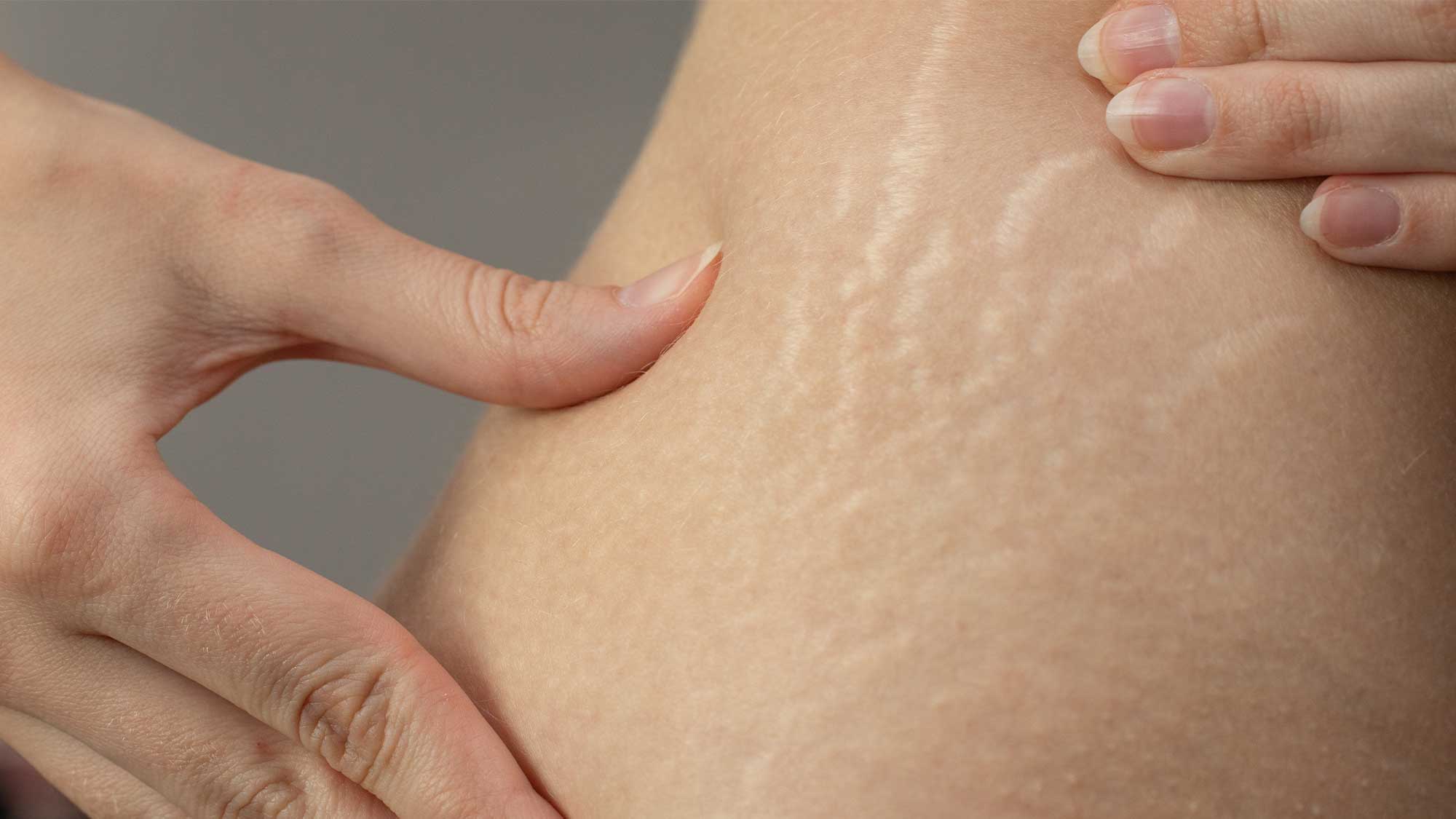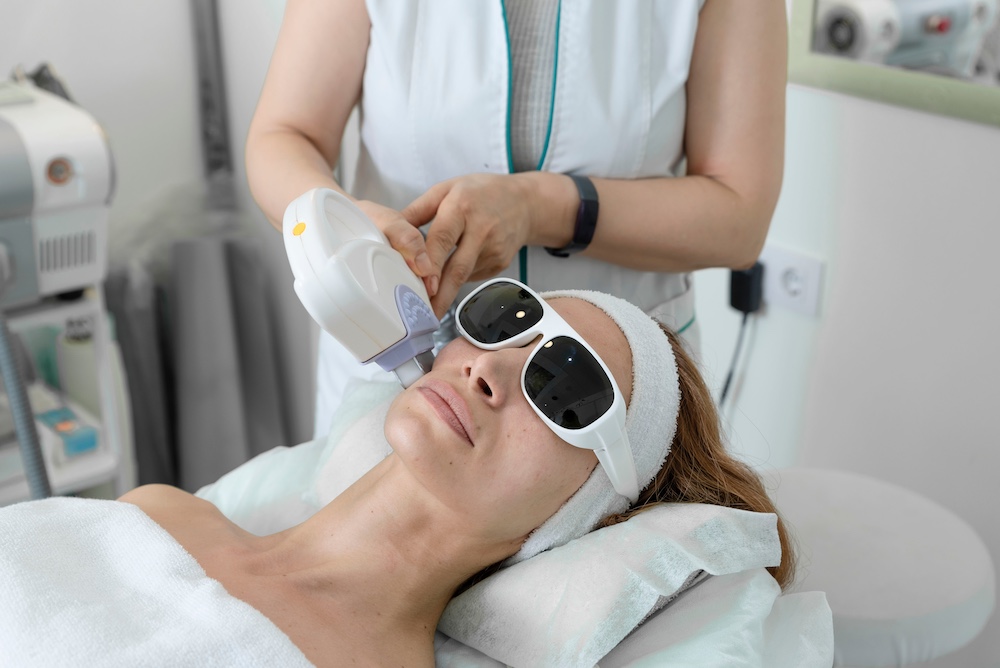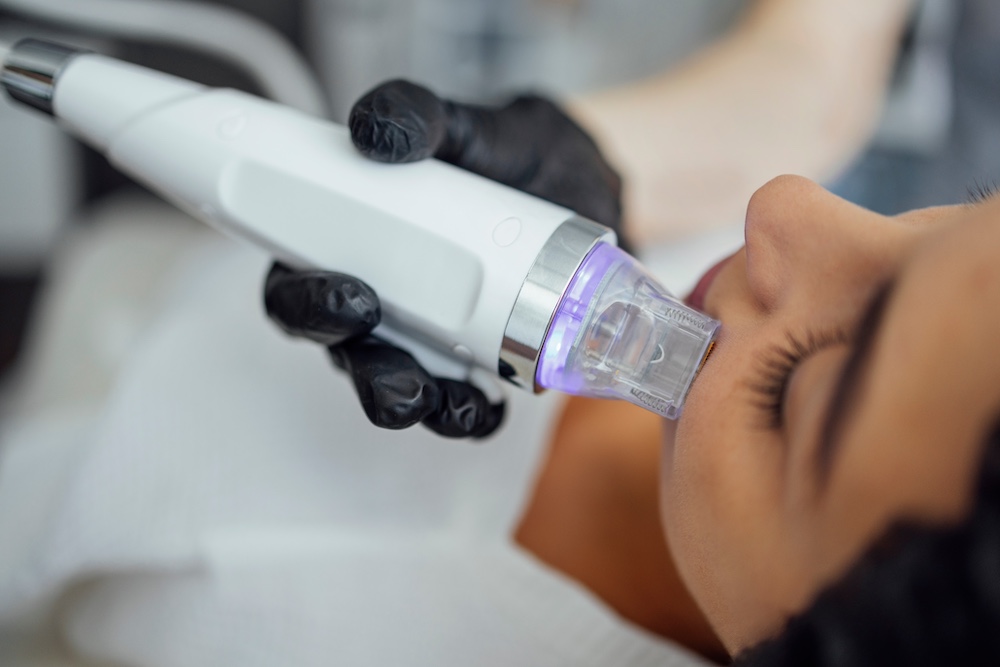
What Is a Hydrafacial? The Ultimate Glow Treatment
Looking for glowing, smooth skin without the hassle of a lengthy skincare routine? What is a Hydrafacial? This popular treatment is gaining attention for its
Our unique approach enables us to look beneath the surface of the skin and simulate your results prior to treatment. Learn more >
Results simulator now available. Learn more >

Up to 90% of all expecting women will get stretch marks. Most women start to notice stretch marks on their stomachs (and elsewhere) around the end of their second trimester. They can appear as pink, red, brown or sometimes purplish streaks. They can adorn a woman’s belly, butt, thighs, hips and breasts.
Stretch marks are caused by tiny tears in the supporting layers of tissue under your skin as it’s pulled tight during pregnancy to make room for your growing bundle of joy. Whether or not you get stretch marks has a lot to do with your skin’s elasticity. You can mostly thank genetics. If your mother had stretch marks, chances are greater that you probably will too. Lifestyle habits, including eating well and exercising regularly, also promote skin health and elasticity.
Another important factor affecting the likelihood of stretch marks is how much weight you gain during pregnancy and how quickly. Rapid weight gain makes you more prone to this badge of pregnancy. The faster your skin stretches, the more likely it is to leave a mark.
Stretch marks are something to be proud of, but if you’d prefer to try to minimise their appearance, here’s what you need to know:
Stretch marks gradually lighten and fade on their own. But if you’re still concerned once you deliver your baby, there are options that can make stretch marks less noticeable.
Laser therapy is effective for minimising the appearance of white stretch marks. Radiofrequency microneedling is most suited to darker skin tones by targeting the middle layer of the skin.
DOT CO2 Laser is a great way to improve the appearance of stretch marks. DOT CO2 is a fractionated laser. Fractionated lasers create thousands of microscopic holes (DOTs) in the skin, vaporising columns of the outer and middle layers of the skin to generate a measured injury, which promotes an immediate healing effect and stimulates new collagen growth.
Radiofrequency microneedling is one of the most effective treatments for reducing the appearance of stretch marks. Microscopic needles penetrate your skin and deliver RF energy, triggering a natural healing reaction that stimulates your skin, increasing collagen growth, smoothing your skin and reducing the appearance of stretch marks with each treatment.
Other options include topical treatments, which can reduce the appearance of the marks, and in more extreme cases, cosmetic surgery is the only way to remove white stretch marks permanently.
There’s no proven way to prevent stretch marks during pregnancy. It’s probably best to save your hard-earned cash for effective post-delivery treatments instead of spending money on unproven therapies.
Any stretch marks that appear while you’re expecting will likely hang around for a while. Fortunately, they won’t stay so prominent forever. Pregnancy stretch marks usually lighten to a less noticeable (and more easily concealable) silvery grey or pale glistening colour within about six months of birth.
In the meantime – try to wear them with pride! And come and see us after delivery to see what’s possible to reduce the appearance of stretch marks.

Looking for glowing, smooth skin without the hassle of a lengthy skincare routine? What is a Hydrafacial? This popular treatment is gaining attention for its

BBL Laser Recovery Day by Day In this comprehensive article, we’ll navigate together through the journey, breaking down the process of ‘BBL laser recovery day

Pursuing perfection in skincare? Look no further. Sydney’s Cosmetic Clinic is at the forefront of cosmetic innovation with its trailblazing treatment – RF Microneedling. This
"*" indicates required fields
Excellent, we are always excited to meet a new face or to welcome back a familiar one. Contact us in the way that best works for you!
© 2022 Bondi Junction Cosmetic Clinic. All rights reserved.
Enter your details and we will contact you within 24 hrs.
"*" indicates required fields